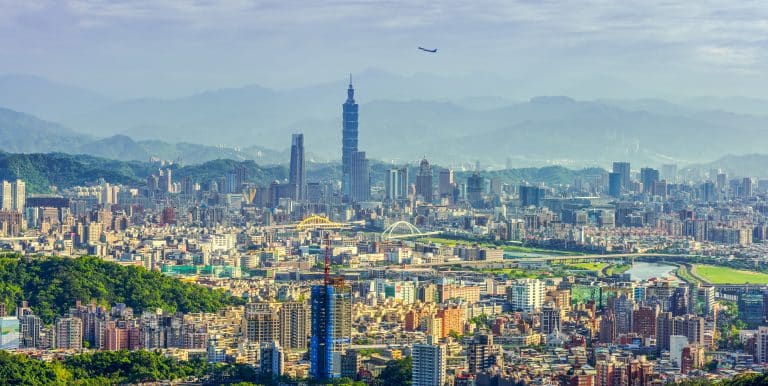Live Airport Cameras: A Guide to Real-Time Flight Monitoring
Live airport cameras offer a unique window into the world of aviation, providing real-time views of the skies and runways that pulses with activity. These webcams, positioned at strategic locations around an airport—such as terminals, control towers, and runways—enable both aviation professionals and enthusiasts to monitor airport operations. They serve as an educational tool as well as a means to enhance security by offering another layer of surveillance.

The use of airport webcams is widespread, with many of these cameras broadcasting live footage accessible to the public via the web. This has led to the creation of online communities and elevated the experience of plane spotting by allowing users to witness takeoffs and landings from airports located in different parts of the world. Further, these webcams are crucial for pilots and air traffic controllers alike, providing additional viewpoints to help manage the complex logistics of airport ground traffic and flight patterns.
Key Takeaways
- Live airport cameras facilitate real-time observation of airport operations globally.
- These webcams support both educational purposes and enhance security measures.
- Technological and privacy considerations are inherent in the use of airport webcams.
Benefits of Live Airport Cameras
Live airport cameras provide a comprehensive set of advantages that encompass enhancing safety and security, streamlining operations, facilitating traveler convenience, and catering to public interest and plane spotting.
Improved Safety and Security
Live airport cameras are paramount in maintaining the safety and security of airports across the world. They aid in the real-time monitoring of terminal activities, contributing to the prevention of unauthorized access and detection of potential threats. The deployment of these cameras adds a layer of protection, making them a critical component in airport security infrastructure.
Operational Efficiency
Operational efficiency is significantly boosted with the use of live airport cameras. They provide valuable insights that help in managing airport traffic and allocating resources effectively. For instance, monitoring of aircraft on the ground and the management of service vehicles optimize ground operations, reducing delays and enhancing the efficiency of airport personnel.
Traveler Convenience
The traveler experience is enhanced through live airport cameras by allowing them to visualize real-time conditions, which can facilitate smoother travel plans. Cameras help travelers navigate busy terminals with ease, providing updates on queue lengths and wait times, which can reduce stress and improve overall satisfaction.
Public Interest and Plane Spotting
Live airport cameras serve the public interest by broadcasting footage for plane spotting enthusiasts. They allow individuals worldwide to observe aircraft in action, from takeoffs and landings to the everyday hustle of the airport. This not only promotes aviation awareness but also entertains viewers who have a keen interest in aviation activities.
Technologies Behind Airport Webcams
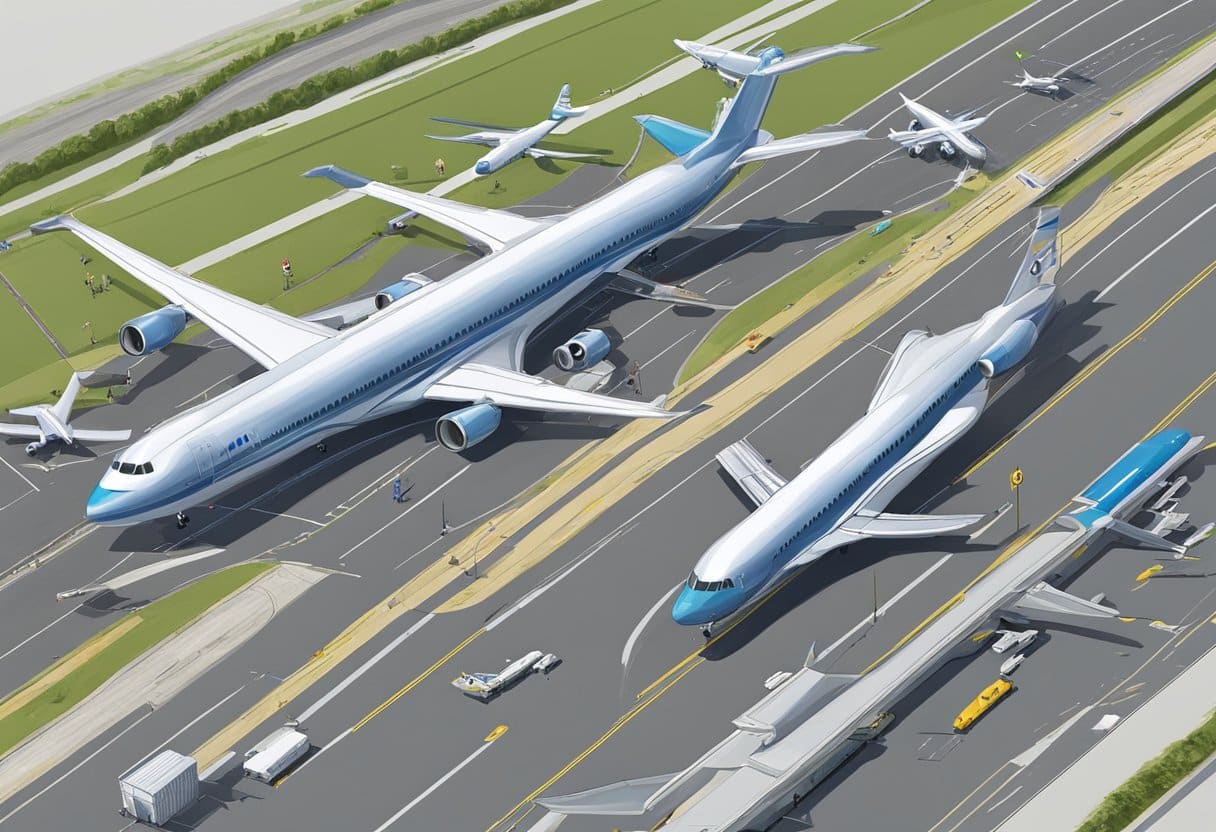
The technology that powers airport webcams is sophisticated, combining state-of-the-art camera hardware with advanced streaming and data handling capabilities while ensuring users’ privacy.
Camera Types and Features
Airport webcams utilize a range of high-definition camera technologies to provide clear, real-time footage of airport activities. These cameras typically offer features like pan-tilt-zoom (PTZ) functionality, which enables operators to remotely adjust the camera’s focus and angle to cover extensive areas of an airport. Models like IP video cameras are prominent in such setups, with some systems capable of archiving video at a high frame rate of 30 images per second for up to 30 days, as seen in applications within large cargo airports.
Streaming Technologies
Streaming of live camera feeds is enabled through high-bandwidth internet connections and employs compression protocols to ensure video streams are delivered efficiently and with reduced latency. Technologies like HTML5 and RTSP (Real-Time Streaming Protocol) pave the way for users to watch uninterrupted live footage from devices such as computers and smartphones. Some airport webcam services offer continuous 24/7 coverage, exemplifying the reliability expected from modern streaming tech.
Data Handling and Privacy
Airports handle vast quantities of video data, so they employ sophisticated Video Management Systems (VMS) to store, process, and analyze footage securely. VMS solutions are integral in maintaining the responsiveness of live feeds, as well as in archiving footage with attention to privacy regulations. Additional measures, such as anonymization and secure access protocols, are in place to protect individual privacy, especially given that airports are sensitive environments with stringent security requirements.
Global Destinations with Airport Webcams
Live airport cameras provide a unique opportunity for aviation enthusiasts and travelers alike to get a glimpse of airport operations around the world. Many international airports are now equipped with webcams, allowing you to observe airplanes as they land, taxi, and take off in real time, across various destinations.
Europe
In Europe, airports like London Heathrow, one of the UK’s busiest airports, allow you to watch live airplane movements. Similarly, Germany enhances transparency and accessibility with webcams installed at some of its major airports. Switzerland also showcases its punctuality and order through live feeds from Zurich Airport, which not only accommodate travelers but also interest aviation fans.
North America
The USA has an extensive network of airport webcams. Chicago’s Midway International Airport and New York’s JFK International Airport are prominent examples where webcams have been placed to cover the hustle and bustle of their busy airfields. North American airports, big or small, have been quick to adopt this trend, providing real-time visuals of their operations.
Asia
Asia’s contribution to live airport webcams is noteworthy, with countries like Japan making Tokyo airports accessible online for virtual visitors. In Taiwan, those interested can explore Taoyuan International Airport‘s activities, including views from Terminal 1 and Terminal 2, ensuring complete coverage of the premises.
Other Regions
Other regions around the world are not far behind in setting up live airport cameras. While the specific locations may vary, the access to live camera feeds from airports in these regions provides an insightful look into their air travel facilities and management. This global embrace of technology bridges the gap between airports and the public, offering a transparent view into everyday operations.
Notable Airport Webcams
Exploring different airports globally, live airport webcams provide real-time insights into the operations and atmosphere of these transportation hubs. Below are selected outstanding webcams across the United States, the United Kingdom, and Japan and Asia.
United States
Hartsfield-Jackson Atlanta International Airport is known for being one of the busiest airports in the world. A live webcam of this airport can provide viewers with a unique view of the bustling activity on the tarmacs and runways.
Adjacent to the bustling city, the Midway International Airport in Chicago captivates online audiences with its live feed, showing the constant movement of aircraft and the operation behind safely managing flights.
United Kingdom
In the UK, Heathrow Airport stands out with its live webcam access. As one of the world’s most frequented airports, Heathrow’s webcams allow people to observe take-offs, landings, and the intricate orchestration of ground services.
Japan and Asia
Over in Japan, Tokyo’s Haneda Airport provides a fascinating peek into the country’s advanced air travel infrastructure through its webcam feed. Live footage of Haneda showcases the harmony of modern technology and precision in air travel within Asia.
Understanding Airport Operations Through Live Feeds
Live airport cameras offer an unparalleled viewpoint into the daily operations at airports. They allow observers to monitor how planes land and take off, understand flight patterns, and assess how weather conditions impact flights in real-time.
Flight Patterns
With the use of live streaming webcams of airports, enthusiasts and professionals can observe the sequence in which airplanes arrive and depart from runways. This provides insights into the active flight patterns that govern the movement of aircraft. The angle and direction of takeoff and landing are not arbitrary; they are influenced by the wind direction and are meticulously planned to ensure safety and efficiency in the airport’s operations.
Weather and Environmental Conditions
Monitoring the weather and flying conditions plays a crucial role in comprehending how environmental factors affect airport operations. Live feeds enable one to detect real-time changes, such as sudden gusts of wind or adverse weather events, that can interrupt the natural flow of airport activity. This real-time data is vital for airport operators who must make rapid decisions regarding flight schedules and runway usage to ensure passenger safety and timely arrivals to their destinations.
Installing and Accessing Live Airport Cameras
Installing live airport cameras involves meeting certain technical requirements and ensuring compatibility with existing infrastructure, while accessing camera feeds often includes web-based options with potential subscription services for enhanced features.
Installation Requirements
Installing live airport cameras such as those at Zurich Airport requires assessing both the physical and technological prerequisites. For the physical setup, cameras must endure various weather conditions and have adequate power sources. Technologically, a high-speed internet connection is essential for streaming live footage. Organizations will also need compatible software to manage the camera network.
- Technical Specifications:
- Durable hardware resistant to weather
- Reliable power supply
- High-speed internet connectivity
- Compatible management software
Accessing Camera Feeds
Anyone with internet access can view live feeds from airport cameras, such as the streaming webcam from the Las Vegas Airport. Public cameras usually offer free access through a browser, facilitating real-time observation of areas like runways and terminals. For example, viewers can watch live operations at airports like New York JFK, gaining insight into the bustling activity of planes landing and taking off.
- Methods of Access:
- Browser-based viewing on PCs and mobile devices
- Direct links to live feeds
- No additional software required for public webcams
- Browser-based viewing on PCs and mobile devices
Subscription Services
Subscriptions enhance the experience by providing additional services like ad-free viewing or high-definition streams. Subscribers may receive benefits such as ATC communications, as seen with some New York JFK airport streams, or access to time-lapse videos. There may also be membership tiers offering different levels of access and exclusivity.
- Subscription Benefits:
- Ad-free experience: Uninterrupted viewing
- HD streams: Higher quality visuals
- Additional features: ATC audio, time-lapses, mobile compatibility
- Exclusive access: Some cameras may be limited to subscribers only
Privacy and Regulatory Considerations
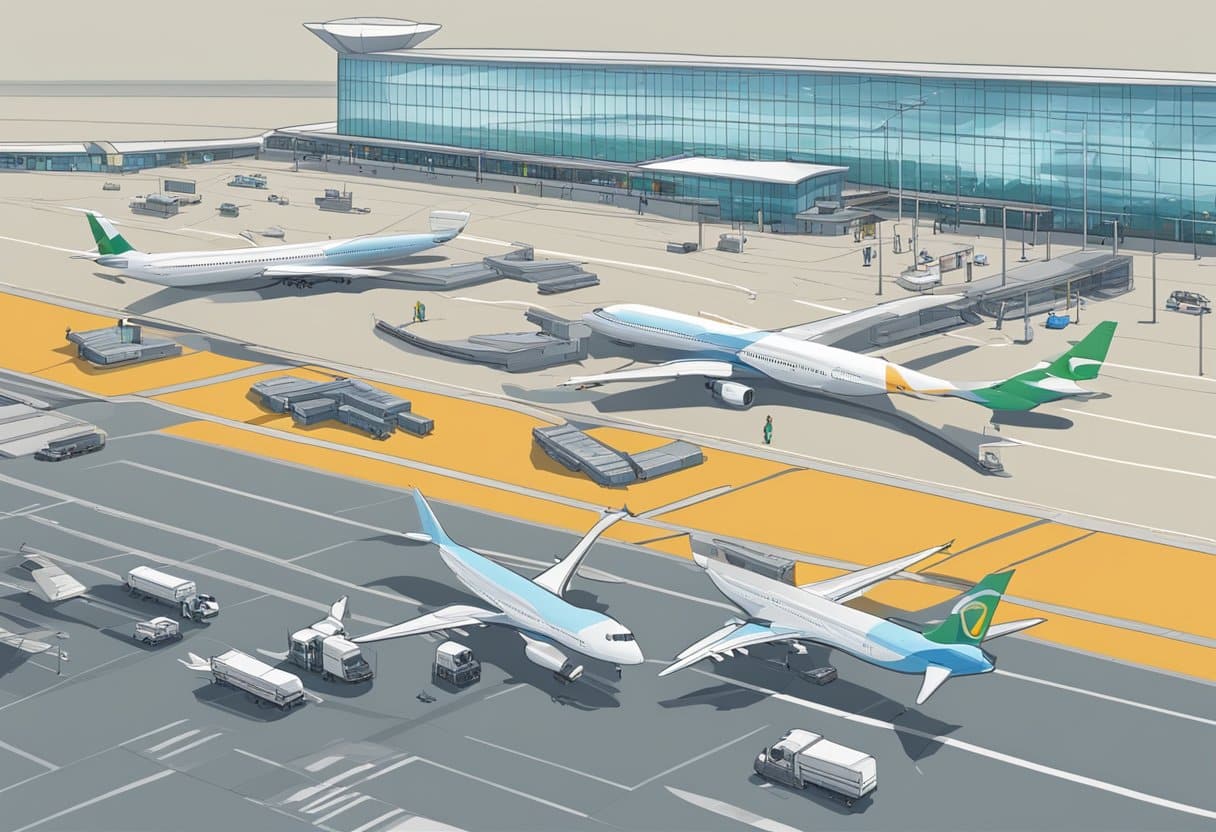
Live airport cameras involve a complex interplay between the imperative of security and the rights to privacy. Governed by both legal frameworks and societal expectations, these systems necessitate a careful balance.
Legal Restrictions
Legislation greatly shapes the use and scope of airport surveillance systems. In the United States, the Federal Aviation Administration (FAA) provides specific guidelines for unmanned aircraft systems including those used for surveillance. It’s imperative that airport officials operate within the legal boundaries to avoid infringements on individual rights. Drone Surveillance in the U.S.: A Privacy or Property Rights Issue covers the legal definitions and categories of drones, which have become an integral part of security systems.
Public Privacy Concerns
Surveillance technologies, while enhancing security, also raise public privacy concerns. Passengers may worry about how their data is handled and who has access to it, calling for transparent data management practices. There’s a fine line between ensuring safety and encroaching on personal privacy. To gauge public sentiment and legal standing, Guidelines for Public Video Surveillance lays out considerations for the balance of safety and privacy. The document offers insights into constitutional rights and values at stake, existing law, and recommendations for public video surveillance systems.
Live Airport Cameras and Commercial Uses
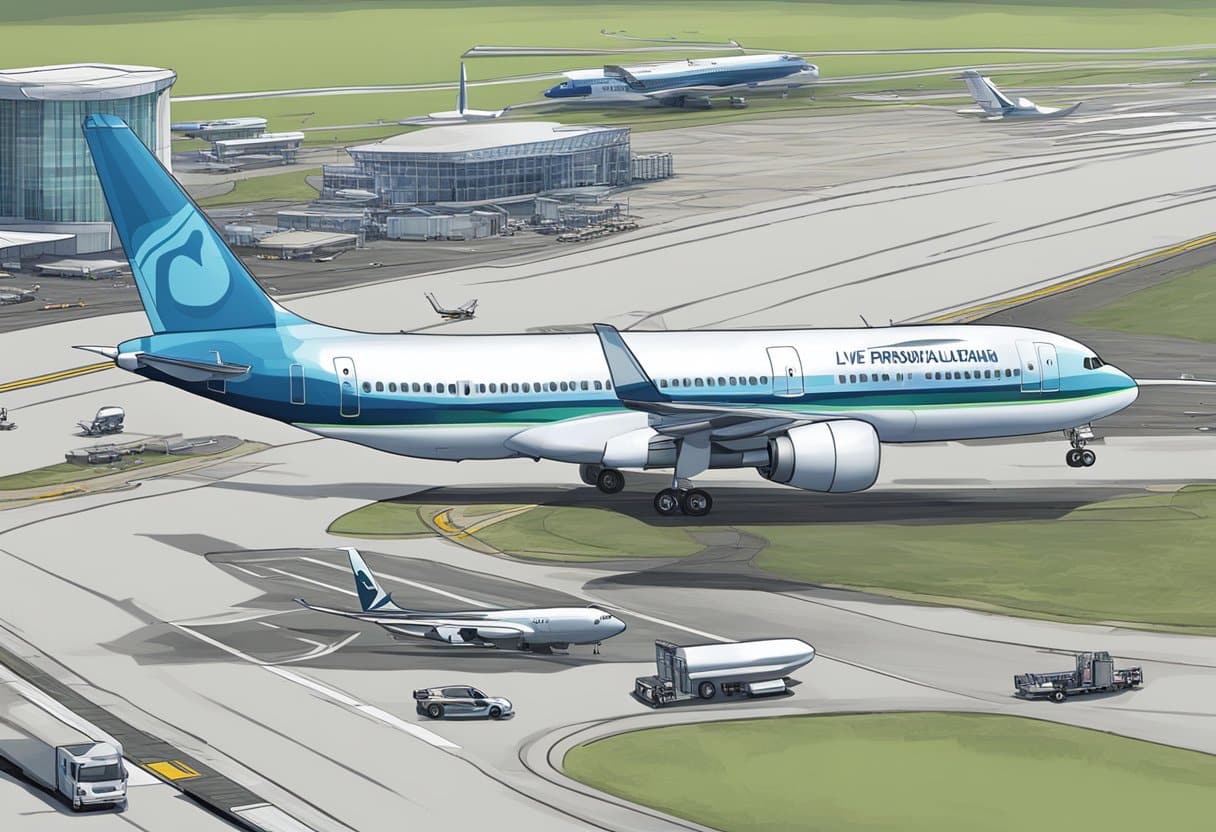
Live airport cameras provide a unique commercial advantage for both marketing and airline operations. They offer a real-time glimpse into the dynamic environment of an airport, showcasing the efficiency, diversity, and scale of activities.
Airport Marketing
- Real-time Engagement: Airports often use live webcams as a marketing tool to engage with passengers and enthusiasts by showcasing the bustle and activities on the tarmac.
- Promotion of Services: Streaming footage from airport webcams can highlight retail areas, lounges, and other airport services, attracting potential customers and enhancing the passenger experience.
Airline Uses
- Operational Transparency: Airlines leverage live camera feeds to demonstrate operational transparency, showing patrons their commitment to punctuality and service.
- Customer Reassurance: Live feeds serve airlines by providing customers with real-time information about flights, weather conditions, and other factors that may impact their travel plans.
Future of Airport Webcams
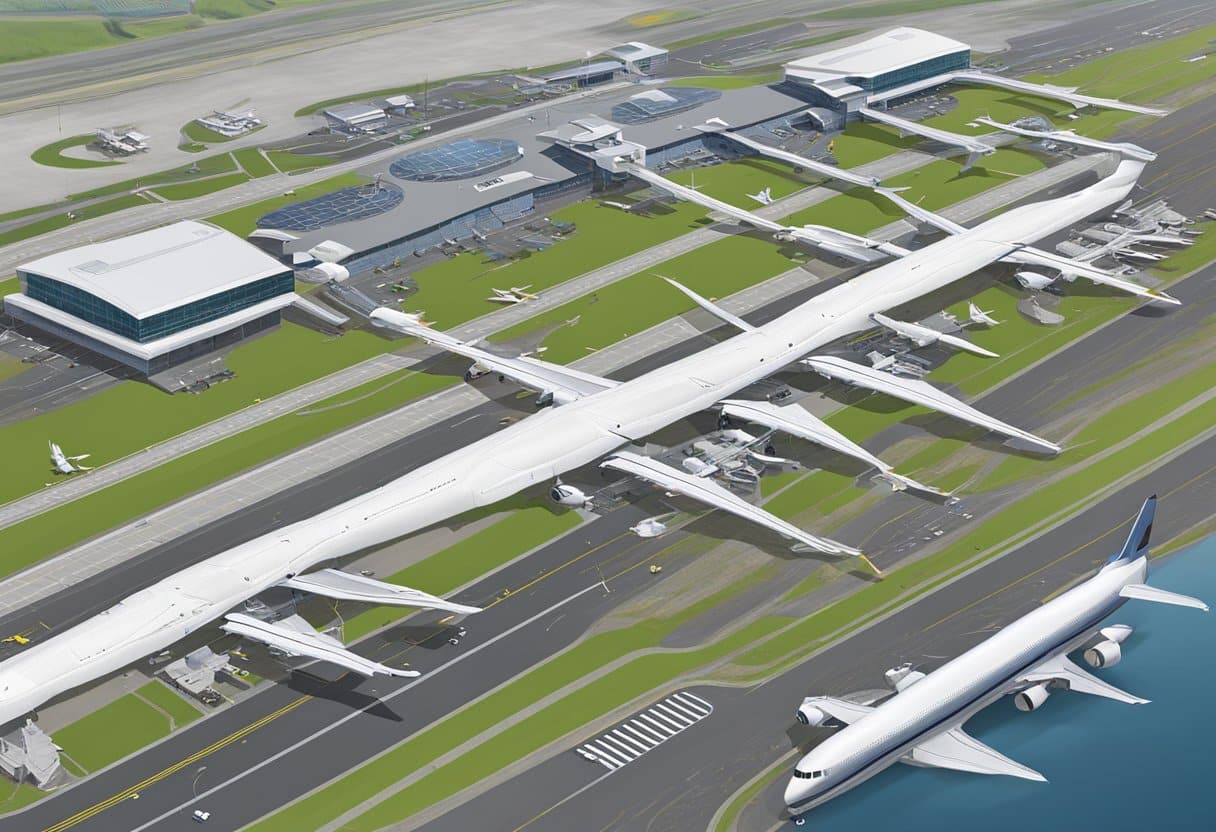
The evolution of airport webcams hinges on significant technological advancements and the broadening of services they offer. These developments are poised to enhance the utility and user experience for aviation enthusiasts and professionals alike.
Technological Advancements
Resolution and Quality: High-definition (HD) and 4K resolution are becoming standard, greatly improving the visual fidelity of webcam streams. Future implementations may include 8K resolution, offering viewers nearly lifelike streaming experiences.
Camera Technologies: Innovations in camera technology, such as 360-degree views and night vision capabilities, are likely to become more prevalent. This will allow for comprehensive coverage of airport operations, regardless of the time of day.
Expansion of Services
Integration with Data: Live streams may be augmented with real-time data overlays, displaying information such as flight numbers, destinations, and weather conditions directly on the video feed.
Interactive Features: The addition of interactive elements is anticipated. Viewers could, for instance, choose different camera angles or zoom in on specific areas of interest, creating a more engaging experience.
Airport webcams are on the trajectory of significant evolution, driven by continual technological innovation and a commitment to enriching the scope of services offered to their user base.
Challenges and Limitations of Live Airport Cameras
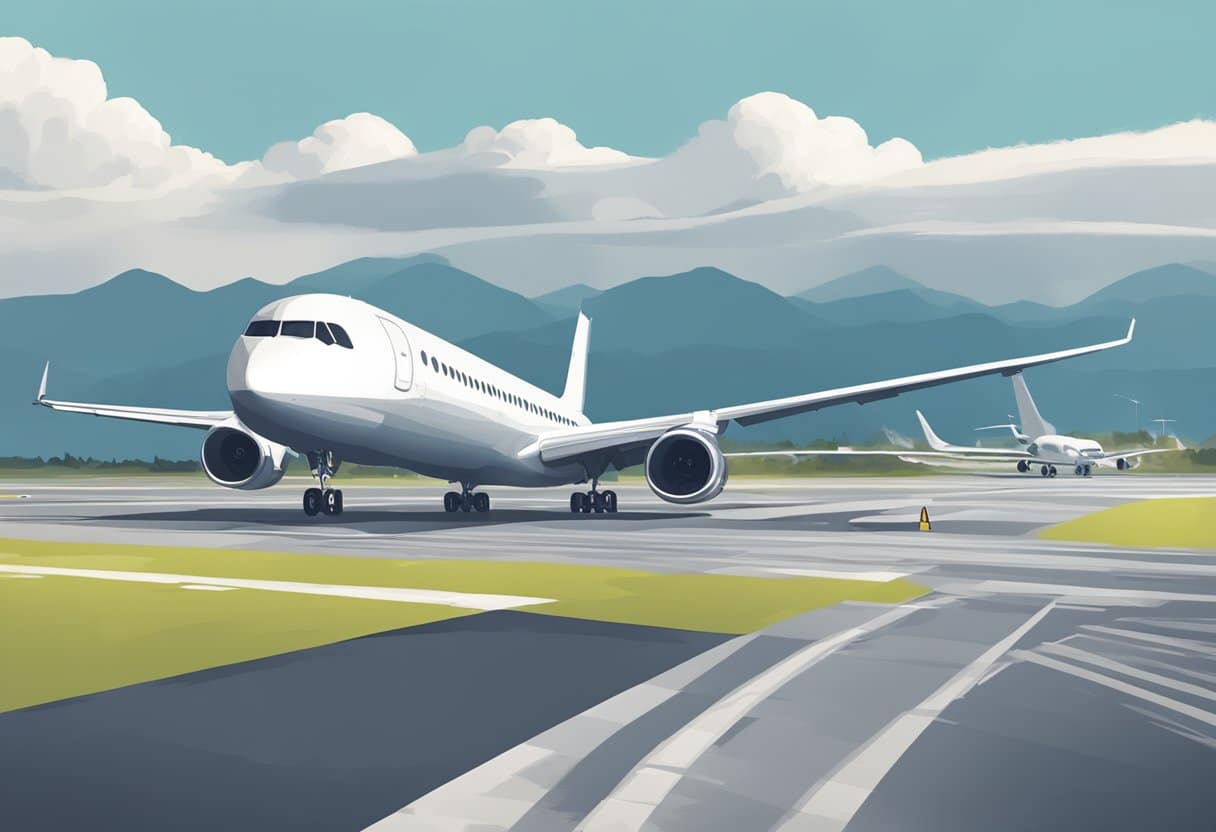
Live airport cameras, commonly known as webcams, provide real-time surveillance, enhance security, and help manage operations within airports. Yet, they come with certain challenges and limitations.
In terms of privacy, live airport camera feeds must respect individuals’ rights. Legislation varies significantly across regions, but generally, there is a delicate balance between security and privacy. Airports need to install cameras in a way that complies with legal frameworks and protects individuals’ personal data.
From a legal standpoint, the use of such cameras is heavily regulated. Authorities must consider data protection laws, such as GDPR in Europe, that impose strict limitations on video recording and retention. Non-compliance can result in severe penalties.
Moreover, there are several technical and operational challenges. Storage capacity is a critical concern, as high-resolution video files require significant storage space. Additionally, maintaining camera equipment, ensuring proper lighting, and dealing with blind spots all pose operational hurdles.
Finally, the effectiveness of live airport cameras can be impaired by:
- Environmental factors (e.g., weather, lighting)
- Camera malfunctions
- Network issues leading to live feed interruptions
These limitations necessitate a comprehensive approach to the design and implementation of live airport camera systems, ensuring that they do not breach privacy laws and are reliable and efficient in catering to the needs of safe airport operations.
Frequently Asked Questions

Live airport cameras provide a unique view of the airfield, allowing enthusiasts and passengers to watch real-time airport operations. This section answers some common queries regarding the access and use of these live feeds.
How can I watch live footage from airport cameras?
Individuals interested in viewing live footage from airport cameras can typically do so through the airport’s official website or dedicated aviation platforms that collect and stream video feeds.
What are the best sources for viewing live streams of airport webcams?
Reliable sources for live streams of airport webcams include airport websites, specialized websites that aggregate feeds from various airports, and occasionally, weather-related sites that feature airport cameras like the Punta Gorda Airport live weather camera.
Are there airport webcams that allow viewers to watch planes take off and land?
Yes, many airport webcams are positioned to capture runways and provide viewers the opportunity to watch planes take off and land in real-time.
Do any airports in the United States offer live camera feeds to the public?
Several airports in the United States offer live camera feeds to the public, which can be accessed through their official websites or third-party aviation sites.
How do I find live airport cameras for specific locations like LAX or SeaTac?
To find live airport cameras for specific locations such as LAX or SeaTac, one can visit the respective airport’s official website or search online for live feeds provided by external aviation resources.
Is it possible to access live video feeds from airport security cameras online?
Access to live video feeds from airport security cameras is not generally available to the public due to security protocols; however, live feeds of certain other areas of airports may be accessible online for viewing.

